The ‘Healthy’ Kids’ Cereal Myth: Why Even Whole-Grain Options Are Packed with Hidden Sugars and Chemicals
This article may contain affiliate links (which basically means if you buy something from a link on my site, I get a small percentage kickback from it.) However it’s no extra cost to you and it simply helps support this blog. Thank you so much for being here! I so appreciate you and hope you enjoy reading my articles!
Moms, we’ve all been there—pushing a cart down the cereal aisle, hoping to grab something quick, healthy, and, most importantly, something your kids will actually eat without a fuss. The bright packaging screams “whole grain,” “fortified with vitamins,” and “low-fat,” convincing us that this might just be the healthy option we need. But, let’s pause for a sec, because there’s a lot more to that bowl of cereal than meets the eye.
The Myth of "Healthy" Kids' Cereal
Mamas, I hate to break it to you but not all whole grains are created equal. Most "healthy" kids' cereals are still loaded with hidden sugars (don’t fall for the “naturally sweetened with honey” because many times when you look at the ingredients it still have rice sugar, tapioca sugar, etc.) and unnecessary chemicals (fillers, perservatives and pesticides), despite the feel-good labels that make us think otherwise.
And while those whole grains may sound like a good idea, they’re often accompanied by a laundry list of ingredients that are far from nourishing. In fact, many cereals marketed as "healthy" are designed to trick us into thinking we're doing the best for our kids—but are we really?
But Whole Grains Are Good, Right?
In their most natural form, whole grains like whole wheat provide a wealth of health benefits, including fiber to keep digestion on track, essential B vitamins for energy, and important minerals like magnesium and iron. These nutrients help sustain steady energy levels, support cognitive function, and promote overall well-being, which is why whole grains are often touted as a healthy choice.
But here’s the catch: most cereals that boast “whole grain” labels strip out the natural goodness of those grains during processing. They’re often left with just the shell of nutrition, then pumped full of synthetic vitamins and—you guessed it—loads of sugar to make up for what’s lost. And let’s talk about sugar, because it’s everywhere. Even cereals flaunting labels like "whole grain" or "high fiber" sneak in up to 12 grams of sugar per serving (that’s 3 teaspoons!).
Now, picture your kiddo eating that every morning. Yikes! It’s practically a recipe for hyperactivity, focus issues, and yes, those dreaded meltdowns by mid-morning. No mama wants that, right? Check out my full article on how our kids are being bombarded with sugar—it’s causing an epidemic of health issues, from behavioral challenges to early onset metabolic problems!
And guess what? That’s not even the worst part... it’s not just about sugar. Many cereals marketed as "healthy" are also hiding pesticides, chemicals like glyphosate, and artificial ingredients that add to the problem.
What About the Chemicals?
That colorful, crispy crunch often comes with more than just sugar. Many cereals are packed with preservatives, artificial colors, and flavor enhancers. Ever wonder how that bright red stays so vibrant or how the cereal doesn't go stale for months on end? That’s where the chemicals sneak in. Common culprits like BHT (Butylated Hydroxytoluene) and artificial dyes (Yellow 5 and Red 40) are known for causing issues ranging from hyperactivity in kids to potential carcinogenic effects. These ingredients do nothing for your child’s health but sure keep that cereal looking picture-perfect.
Check out my article: How to Avoid Red 40 in Your Home & Why I Avoid it as a Mama
The Biggest Issue with Whole Grain Cereal is Glyphosate (aka main ingredient in Roundup!)
Alright, let’s get into the real villain lurking in those so-called "healthy" cereals—glyphosate. You’ve likely heard of it, but maybe you didn’t know just how widespread it is in the foods we feed our families. Glyphosate is the active ingredient in Roundup, a commonly used herbicide, and it’s showing up in alarming levels in our food—yes, even in those "whole grain" cereals you thought were a safe bet.
How Many Cereals Are Tested High for Glyphosate?
A study by the Environmental Working Group (EWG) found that 43 out of 45 popular oat-based cereals and granola bars tested positive for glyphosate. And get this—26 of those had levels considered higher than what the EWG considers safe for children’s health. It’s not just a one-off; glyphosate contamination is rampant in cereal brands marketed to families. The numbers don’t lie, and the widespread use of glyphosate in farming has made its way into products we’d never expect to find chemicals in.
Top 5 Cereals Tested High for Glyphosate
The cereals that often land on grocery lists for being “whole grain,” “organic,” or “fortified” can still contain glyphosate. Here are the top five cereals that have tested with the highest levels of glyphosate contamination:
Cheerios (specifically Honey Nut Cheerios)
One of the most popular cereals in America, especially for kids, Honey Nut Cheerios tested with 833 parts per billion (ppb) of glyphosate. To put this into perspective, EWG’s health benchmark for daily exposure to glyphosate is 160 ppb—meaning Cheerios alone exceeds that by over five times.
Quaker Oatmeal Squares
Promoted as a heart-healthy breakfast option, Quaker Oatmeal Squares contain up to 1,000 ppb of glyphosate, making it one of the highest offenders in the glyphosate tests.
Back to Nature Classic Granola
Even brands marketed as “natural” aren’t immune. Back to Nature’s Classic Granola had 993 ppb of glyphosate, showing that even “better” brands can have dangerous chemicals lurking inside.
Lucky Charms
Though not marketed as a health food, Lucky Charms is still a favorite in many households. Sadly, it also tested high for glyphosate, with 400 ppb detected in the cereal. You might like this article: Are Lucky Charms Bad for Kids? (I was SHOCKED by what a dietitian said)
Kellogg’s Cracklin’ Oat Bran
Another cereal often positioned as a high-fiber, whole-grain choice, Kellogg’s Cracklin’ Oat Bran tested with 830 ppb of glyphosate.
What’s the Big Deal with Glyphosate?
So, what exactly is glyphosate doing in your kid’s cereal, and why should you care?
Glyphosate is sprayed on crops like oats, wheat, and barley to help dry them out before harvest—a practice known as desiccation. While this makes farming more efficient, it leads to high levels of this herbicide ending up in our food supply. And while the Environmental Protection Agency (EPA) considers glyphosate “safe” in small amounts, recent research suggests that long-term exposure can have serious health consequences, especially for children.
Here are a few of the potential risks associated with glyphosate exposure:
Hormone disruption: Glyphosate has been linked to disrupting endocrine function, which can interfere with hormone balance. For growing kids, whose bodies are still developing, this can be particularly problematic.
Gut health issues: Glyphosate has been shown to negatively impact the gut microbiome, which plays a crucial role in digestion, immunity, and even mental health.
Cancer risk: The World Health Organization (WHO) has classified glyphosate as a “probable human carcinogen,” meaning it may increase the risk of cancer, especially when exposure is chronic.
And let’s not forget: kids are more vulnerable to environmental toxins than adults. Their bodies are smaller, their systems are still developing, and their exposure levels (relative to body size) are often higher than adults.
Why Whole-Grain Cereals Are a Sneaky Culprit
It’s frustrating because “whole grain” sounds like it should be a healthy choice, right? But here’s the sneaky truth—glyphosate is more common in whole-grain products, especially oats, wheat, and barley, because they’re often sprayed with this chemical right before harvest. The more grains used, the higher the risk that your food has been contaminated with glyphosate. So even those "healthy" labels can’t protect you from this hidden danger.
small swaps that can really protect your kiddos from harmful stuff hiding in everyday foods. Let’s dive into why going organic is one of the simplest, most powerful choices you can make as a wellness-focused mom—and how to know which foods should be at the top of your organic list.
Why You Gotta Buy Organic, Mama - At Least The Majority of the Time!
Okay, so we know that organic foods are grown without all the icky stuff—no synthetic pesticides, fertilizers, or GMOs. But why should you care, especially when time is tight and grocery shopping already feels like a marathon?
Here’s the thing: pesticides are chemicals designed to kill bugs, but they can also have a sneaky way of affecting us humans—especially our little ones. Kids are more vulnerable to pesticide exposure because their bodies are still developing, and they’re exposed to more chemicals pound-for-pound than adults. That means even small amounts of pesticides can have a bigger impact on their health.
Research has linked long-term pesticide exposure to developmental issues, hormone disruption, and even chronic diseases like asthma and ADHD. Yikes! I know, it sounds scary, but don’t worry—you don’t need to overhaul your entire pantry. Just by focusing on a few key foods, you can dramatically reduce your family’s exposure to these harmful chemicals.
The Top Foods You Should Always Try to Buy Organic Because of Pesticide Residue
To keep things simple and stress-free, start by focusing on these foods. They’re the biggest culprits when it comes to pesticide residue, and making the switch to organic can give you a lot of peace of mind.
1. Strawberries
Strawberries may be a kid-favorite, but they top the Environmental Working Group’s (EWG) Dirty Dozen list year after year. In fact, more than 90% of conventionally grown strawberries have been found to contain pesticide residue, and some samples have had up to 20 different pesticides. Woah. When possible, opt for organic to make sure those juicy berries are as clean as they are sweet. I would say this is true for all berries!
2. Spinach & Greens
Spinach is a powerhouse veggie, packed with vitamins and minerals. But it’s also packed with pesticides if you’re buying conventional. EWG found that over 90% of non-organic spinach samples contained pesticide residues, including some that are banned in other countries. Let’s just say you don’t want that mixed into your green smoothie!
3. Apples
An apple a day is a classic, but if those apples aren’t organic, they could be sneaking in some unwanted extras. Conventional apples are often sprayed with a chemical called diphenylamine, a preservative that’s banned in Europe due to health concerns. Kids love apples, so go organic here to keep them safe.
4. Wheat and Whole Grains
Wheat and other grains are commonly sprayed with glyphosate, the active ingredient in Roundup weed killer. Glyphosate has been labeled a probable carcinogen by the World Health Organization, meaning it’s linked to an increased risk of cancer. Switching to organic wheat and grains can help keep this harmful chemical out of your family’s meals.
5. Grapes
Whether your kids love grapes on their own or in their lunchbox as raisins, this fruit is often sprayed with multiple pesticides. Some of the chemicals found on conventional grapes have been linked to hormone disruption and behavioral problems in children. Organic grapes are an easy, delicious swap that can make a big difference.
6. Hot and Bell Peppers
Peppers—whether you’re adding a spicy kick with hot peppers or sweet crunch with bell peppers—are a staple in many family meals. But here’s the bad news: conventional hot and bell peppers rank high on the pesticide contamination list. These vibrant veggies are often treated with multiple pesticides to keep bugs away, and they don’t have a protective skin to help block those chemicals from getting into the flesh. Since peppers are a favorite in many households, opting for organic is worth the extra investment to keep those toxins out of your salads, stir-fries, and snack plates.
Do You Really Need to Go All Organic?
Here’s where I want to give you a big hug and remind you that wellness is not about being perfect—it’s about doing what works for your family. Not every item in your cart has to be organic, and that’s okay. In fact, some foods are totally fine to buy non-organic, like avocados, bananas, and sweet corn, because they’re naturally lower in pesticide residue. However, when you do buy organic, you are supporting a healthier planet by “voting with your money”.
It’s about balance. Focus on making smart swaps where it matters most—especially with foods that your kids eat regularly. Just switching a few key items to organic can make a big difference in reducing their exposure to harmful pesticides. I would just advise to buy organic foods off of the Dirty Dozen List (which are the foods most likely to be contaminated with pesticides)
At the end of the day, eating organic when you can is one of the simplest ways to take control of what goes into your family’s bodies. You don’t need to overhaul your entire grocery routine or feel overwhelmed by all the labels. Start small. Start with the foods that matter most. You’re already doing an amazing job by showing up and making mindful choices.
What Does All This Mean for Your Family?
I know, I know—it’s frustrating. You're doing your best to keep your kids healthy, but it feels like the food industry is working against you. The good news? You don't have to play their game. There are real, nourishing options out there for busy moms like us who need to get the day started without a sugar-filled breakfast trap.
And no, that doesn’t mean you have to start making elaborate breakfasts from scratch every morning—because who has time for that? Instead, we can focus on small swaps that don’t take away the fun but give back so much more in health.
What Can I Feed My Kids Instead?
What You Can Do Instead
Now, I’m not here to add stress to your plate, mama—I know how busy mornings are, and sometimes you just need something quick and easy. But that doesn’t mean you have to sacrifice your family’s health and give them dangerous chemicals in cereal. Here are a few ways to avoid glyphosate in your kids’ breakfast without making your mornings more complicated:
Switch to organic cereals that are certified glyphosate-free: Look for brands like One Degree Organic Foods or Nature’s Path, which specifically avoid glyphosate in their supply chain.
Make homemade granola: Not only is it easy, but you can also control the ingredients and sweetness level, keeping it free from unwanted chemicals and added sugars.
Try overnight organic oats or chia pudding: These are quick, easy alternatives that you can prep ahead of time, and they’re made with clean, simple ingredients.
Opt for a hearty smoothie: Blend up organic fruits, veggies, oats, and a quality protein powder (I like to use this one in my rotation of healthy protein powders) to keep your kiddos fueled and ready for the day—without the glyphosate. (you can even pour these into fun popsicle molds for snack time).
Yogurt parfaits made with Greek yogurt, a sprinkle of granola, and a drizzle of honey (skip the pre-flavored yogurts that are basically sugar bombs).
Cottage Cheese Egg Bites loaded with veggies and made ahead of time for grab-and-go mornings.
Medjool Date Protein Balls are filled with dates, nuts, protein powder for a quick out the door sweet morning treat
These options are quick, kid-approved, and won’t leave your little ones crashing from a sugar high before lunchtime.
But What If My Kids Love Their Cereal?
Totally hear you! It’s hard to break habits, especially when your kiddos are set in their ways. Start small by mixing their favorite cereal with a less processed, lower-sugar option. Gradually, they’ll adapt to the change, and you’ll feel better knowing they’re not starting the day on a sugar rollercoaster. And what I found is that if you don’t even put that crappy cereal into your cart, and into your home, they won’t even bug you about it!
Be the Wellness Rebel Your Kids Need!
Here’s the thing, mama—you're in control of your family’s wellness, and you don’t need to be perfect to make a big impact. You can still be fun, and laid-back while raising confident, healthy kids. It’s about balance, not deprivation. You’ve got the power to make informed choices that serve your family’s health without feeling overwhelmed by society’s “rules” about what moms should or shouldn’t do.
Join The Nourished Family Academy and Say Goodbye to Hidden Chemicals
Mama, you’ve got the power to make a change—without the guilt or overwhelm. Want to learn more about how to raise healthy, thriving kids without the hidden dangers lurking in our food supply? Join The Nourished Family Academy!
Inside, you’ll find simple swaps, empowering tips, and practical, realistic ways to detox your pantry and fuel your family with real, nourishing foods. Together, we can ditch the glyphosate and raise kids who are not just healthy, but resilient, thriving, and ready to take on the world. Join the waitlist today, and let’s create a future where wellness is fun, easy, and accessible for all!
Join the Nourished Family Academy Course Today & Take Charge of Your Family Wellness!
You want the best for your family, but between the endless nutrition advice, confusing labels, and picky eaters, it’s easy to feel overwhelmed and stuck. You know how important it is to provide your kids with real, nourishing foods, but where do you even begin? Imagine feeling confident in every choice you make—knowing you’re giving your family the tools to grow, thrive, and avoid the health struggles that so many face today.
With the Nourished Family Academy Course, you’ll get step-by-step guidance, expert tips, and practical solutions to create a balanced, healthy lifestyle for your family. No more confusion or guilt around meals—just simple, effective strategies that work for busy moms like you, trying to support family wellness for now and for generations to come. Picture your mornings filled with easy, nutritious breakfasts and your evenings free from battles at the dinner table, knowing you’re setting the foundation for lifelong wellness for your kids.
Ready to make this change for your family? Click here to get on the waitlist or enroll now, and start your journey towards a healthier, happier home!
Bailey Petrucelli is a Women’s & Family Nutritionist and wellness advocate, passionate about helping moms and families take charge of their health. On her blog, The Peachy Nutritionist, she shares practical tips, empowering holistic wellness information, nutritious recipes, and real-life wellness strategies to empower moms to create a healthy and balanced lifestyle for their families.


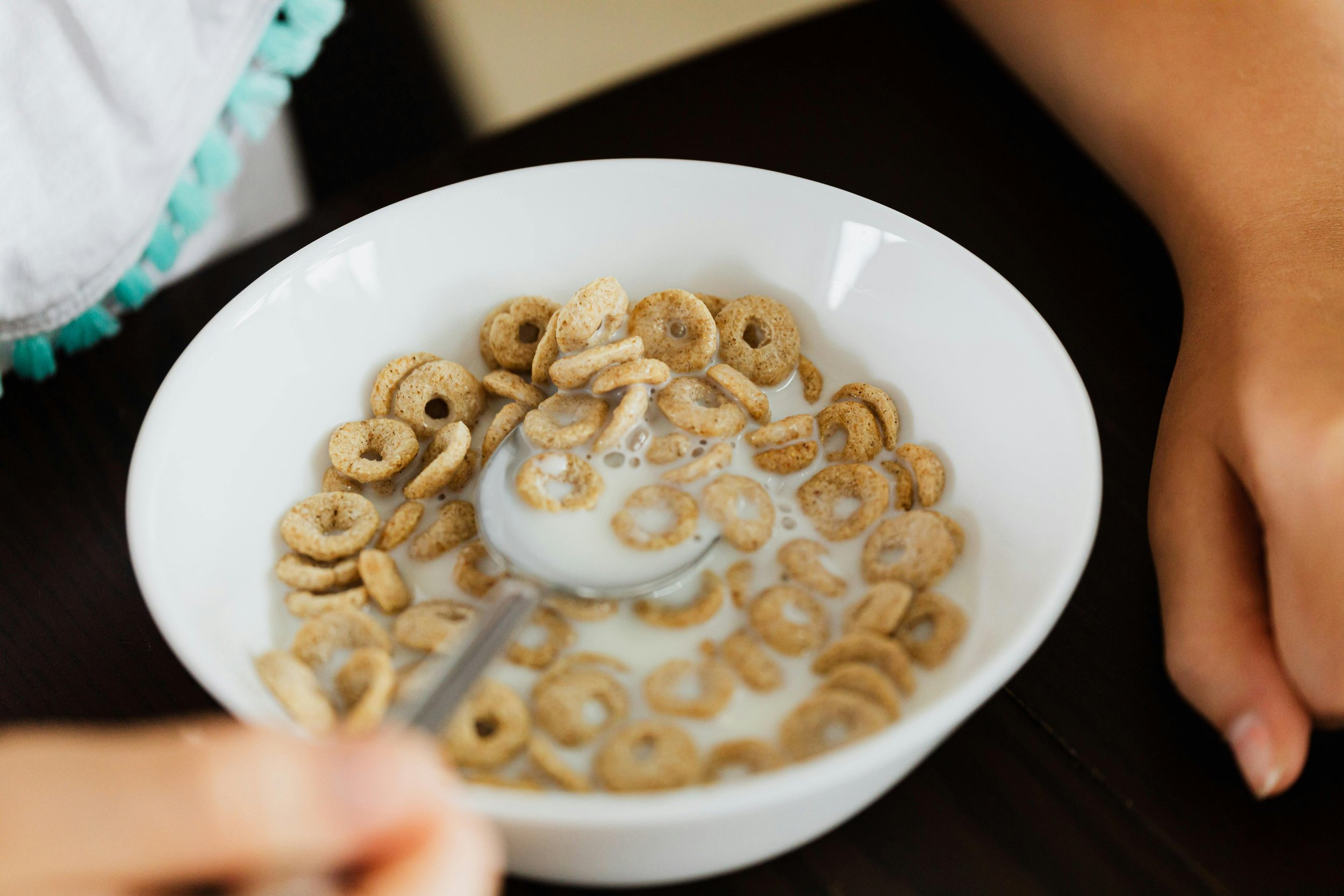










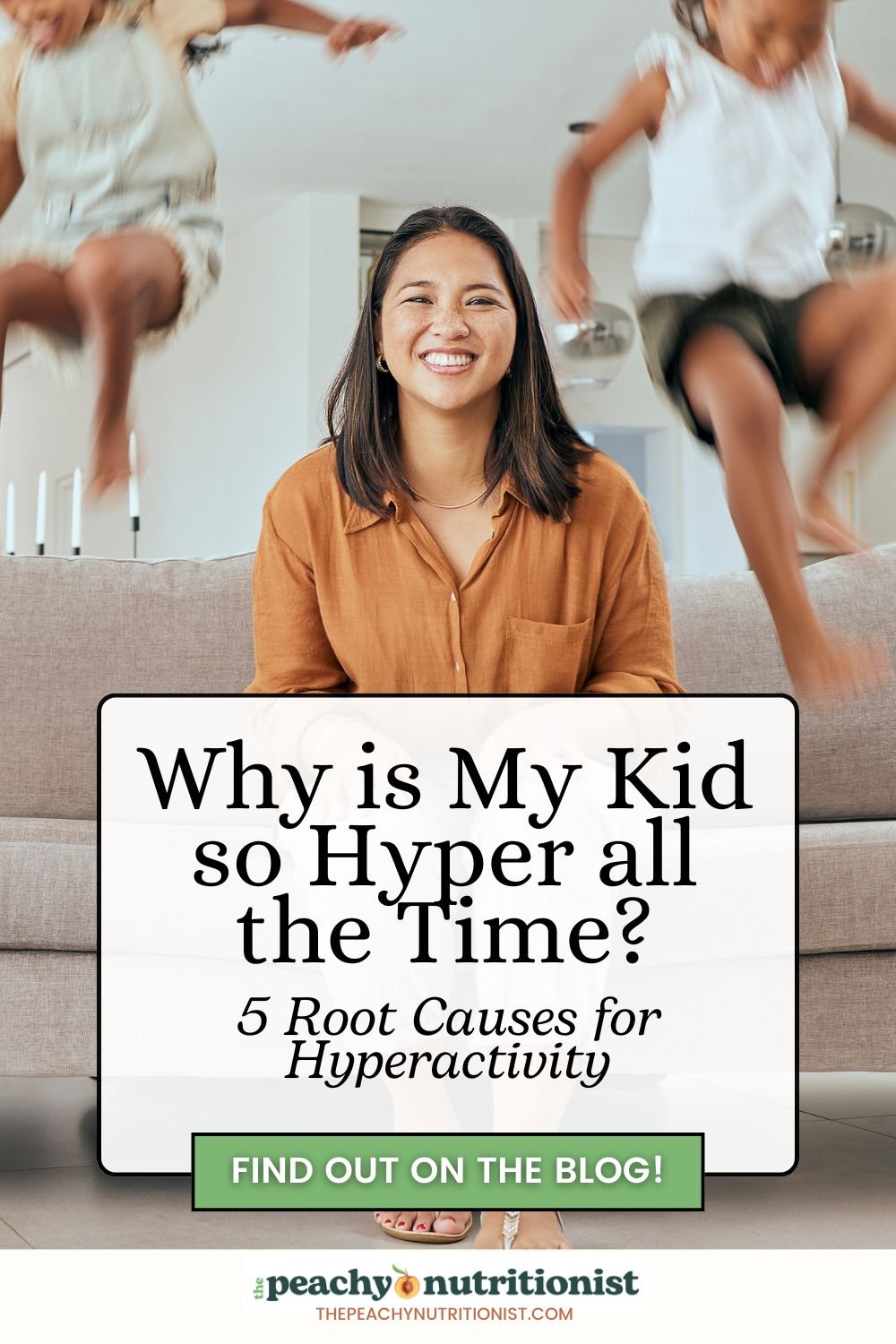
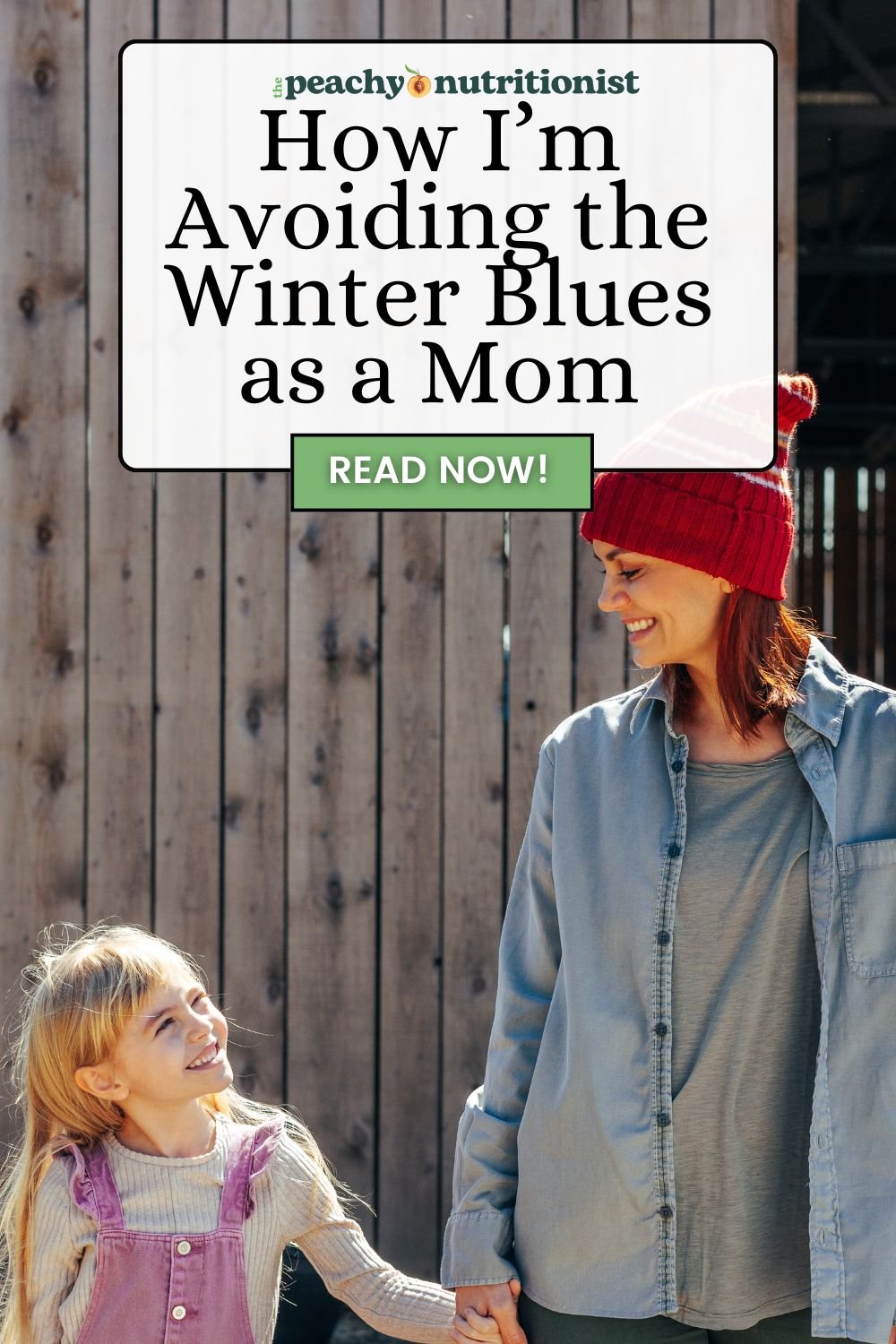
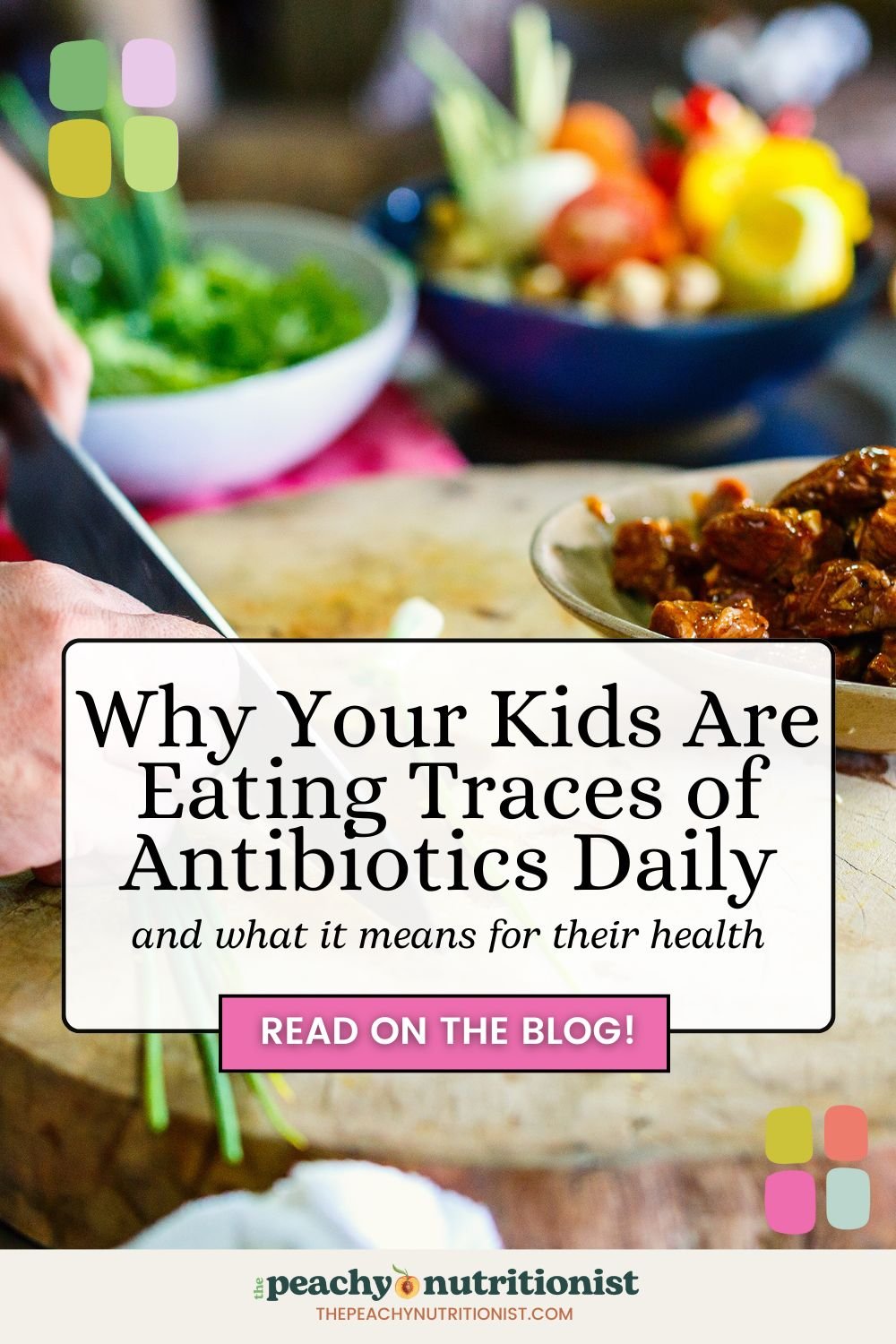











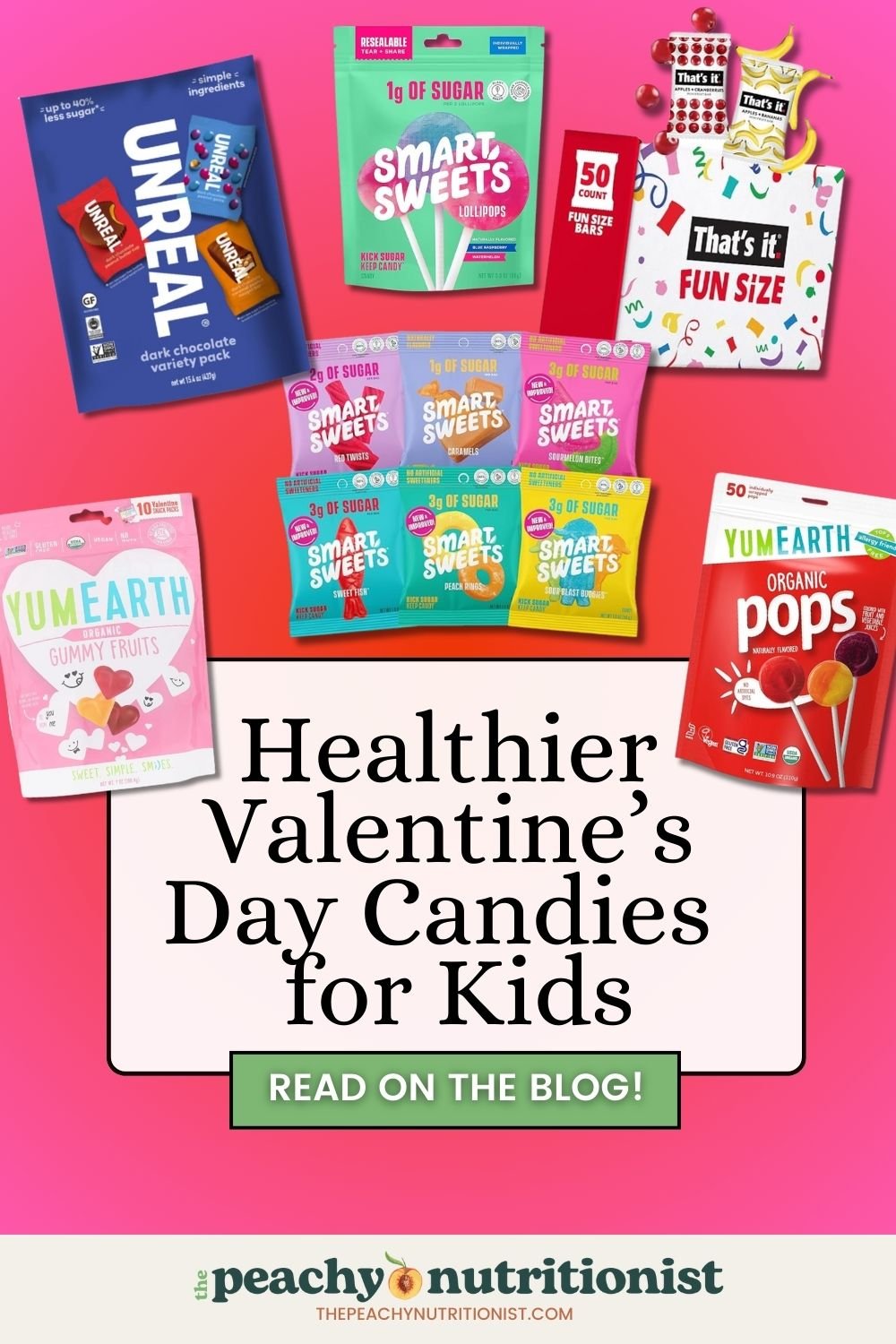
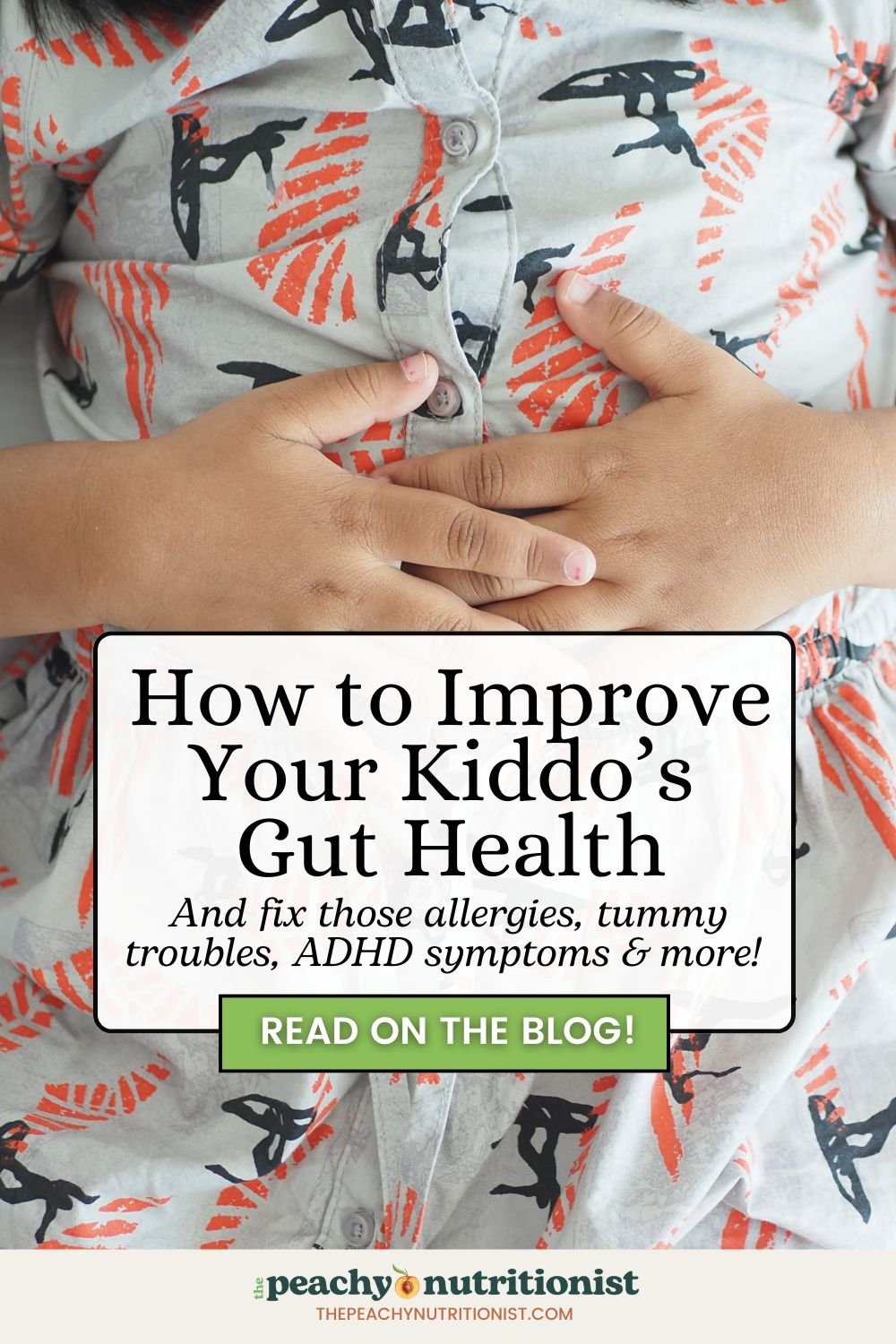
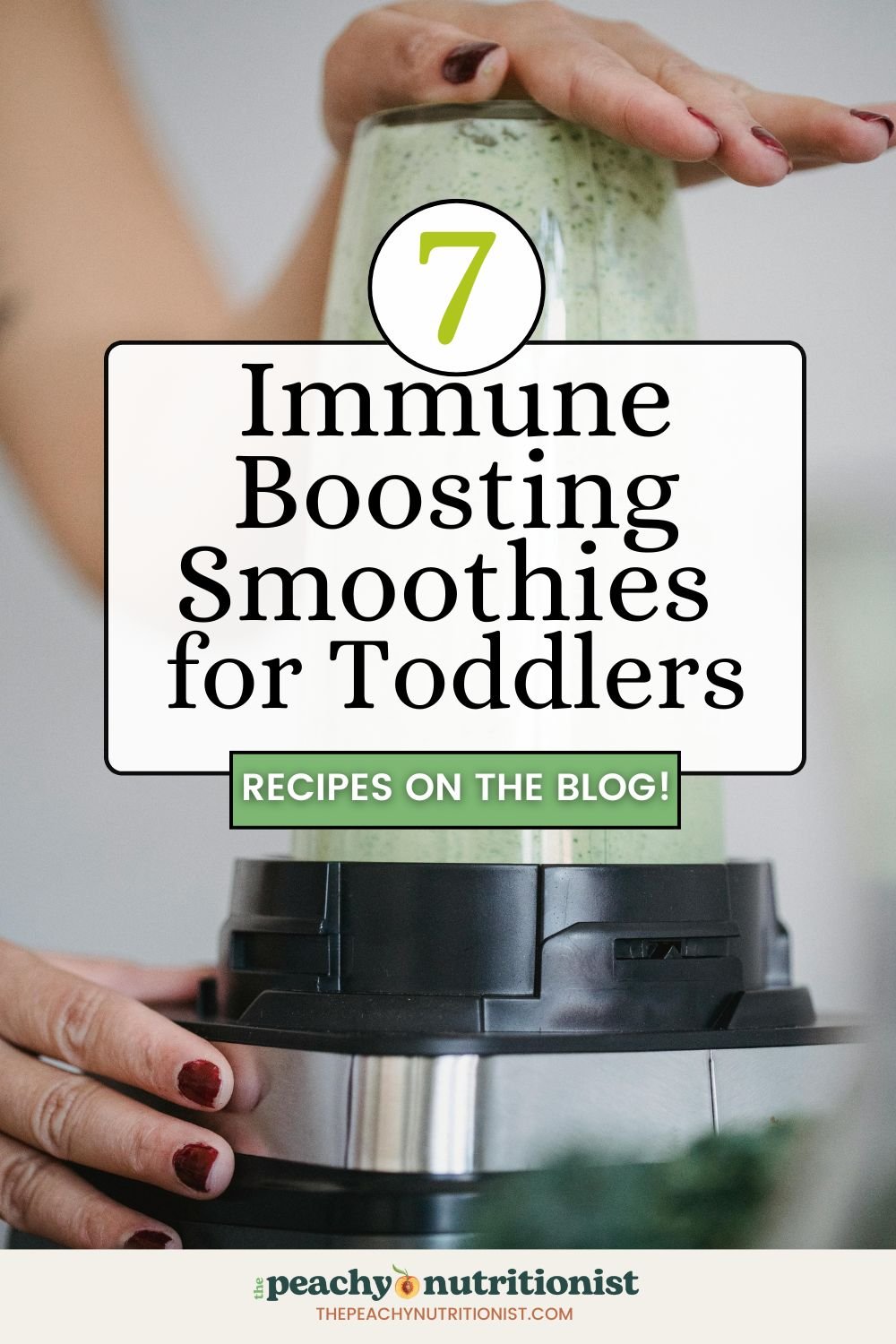

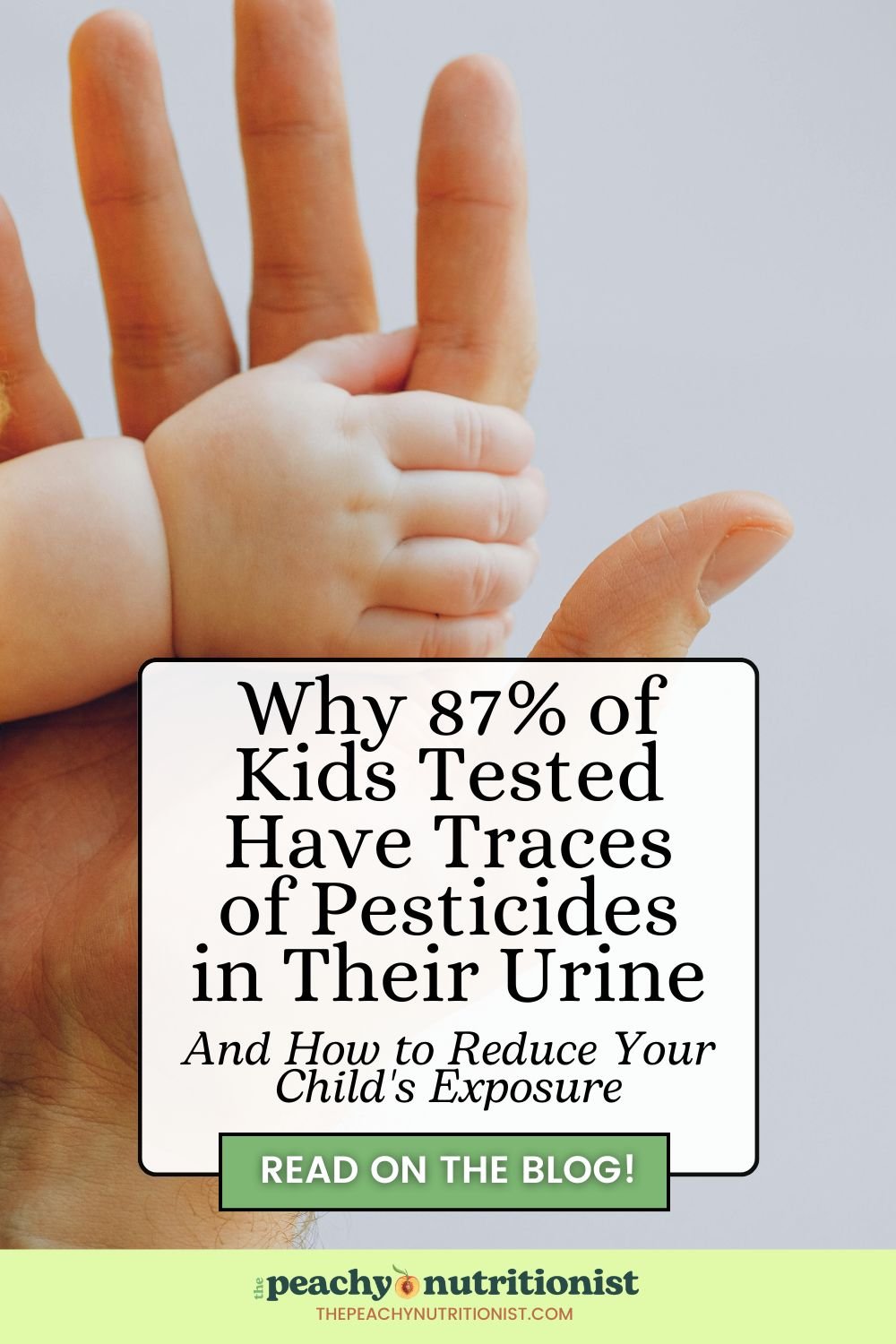

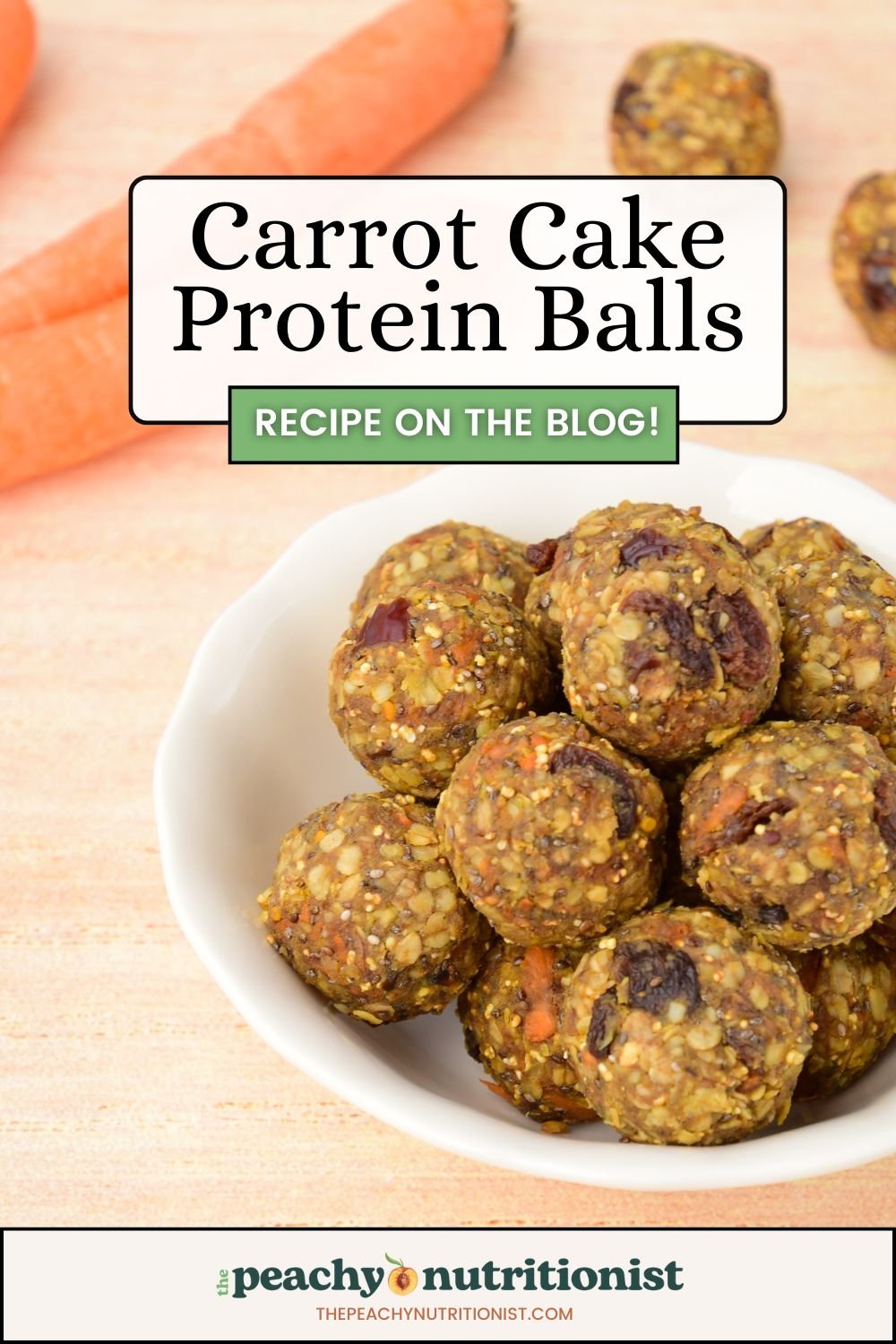
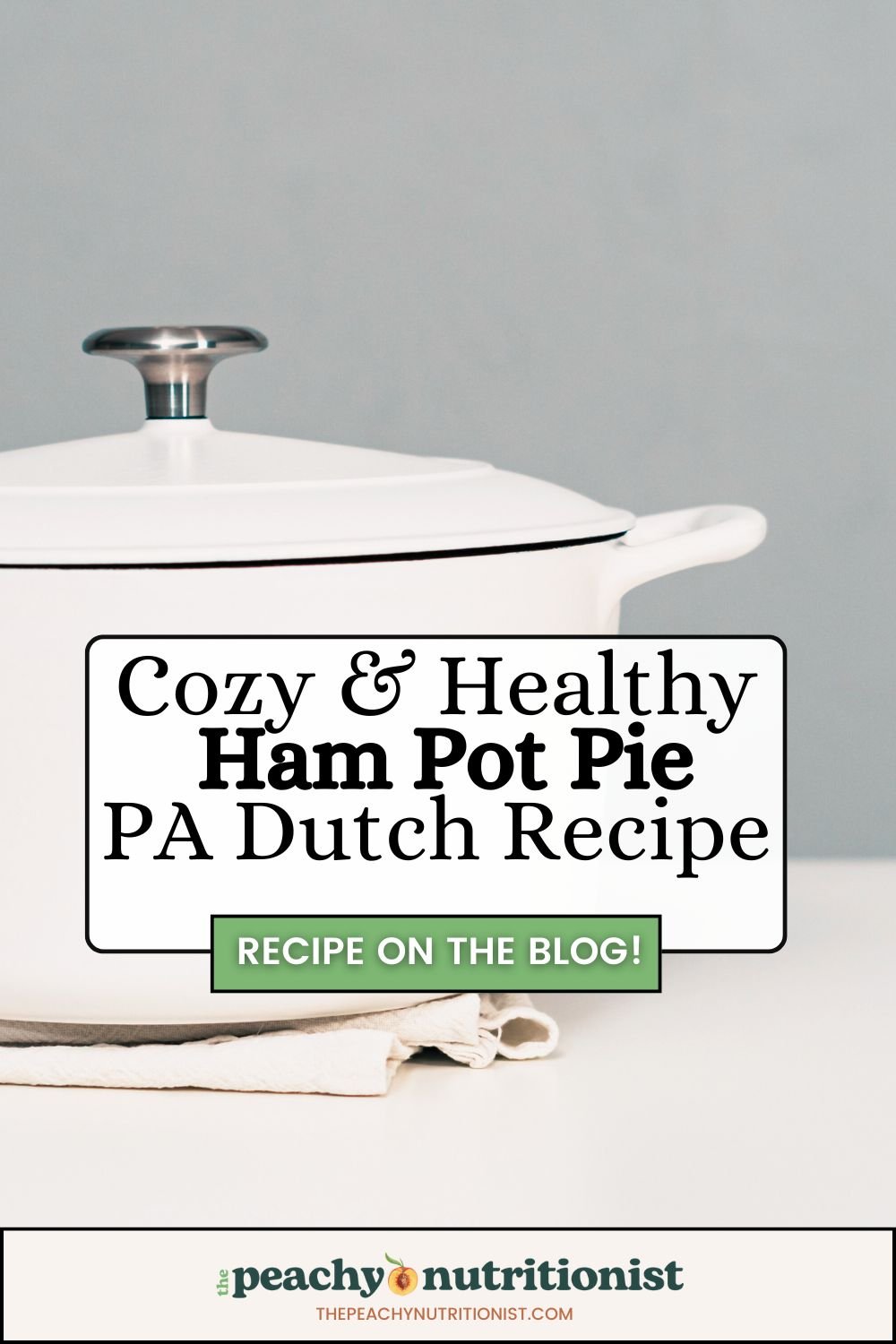
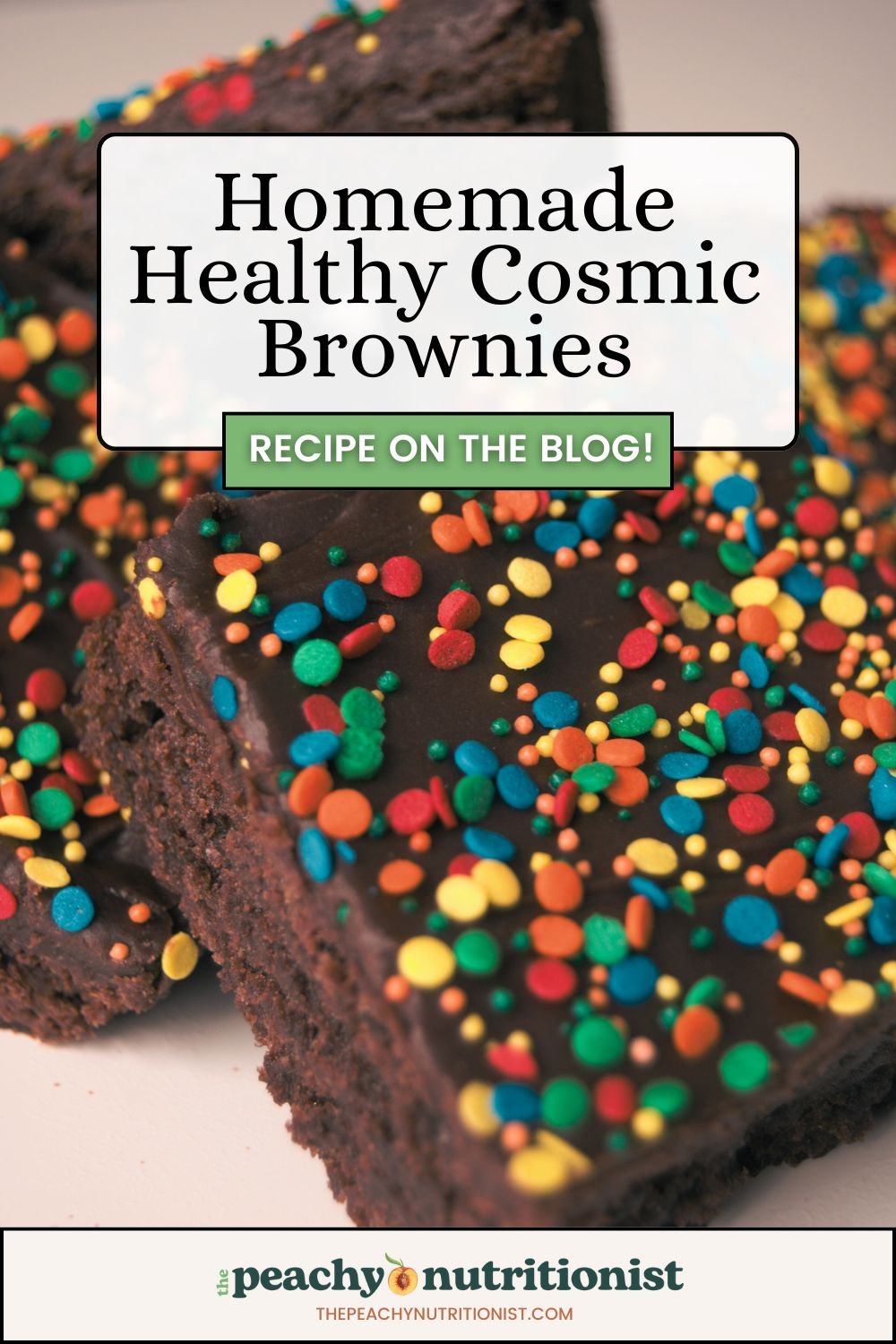
Need ideas for healthier Valentine’s Day candies for kids? Check these out! Links included!